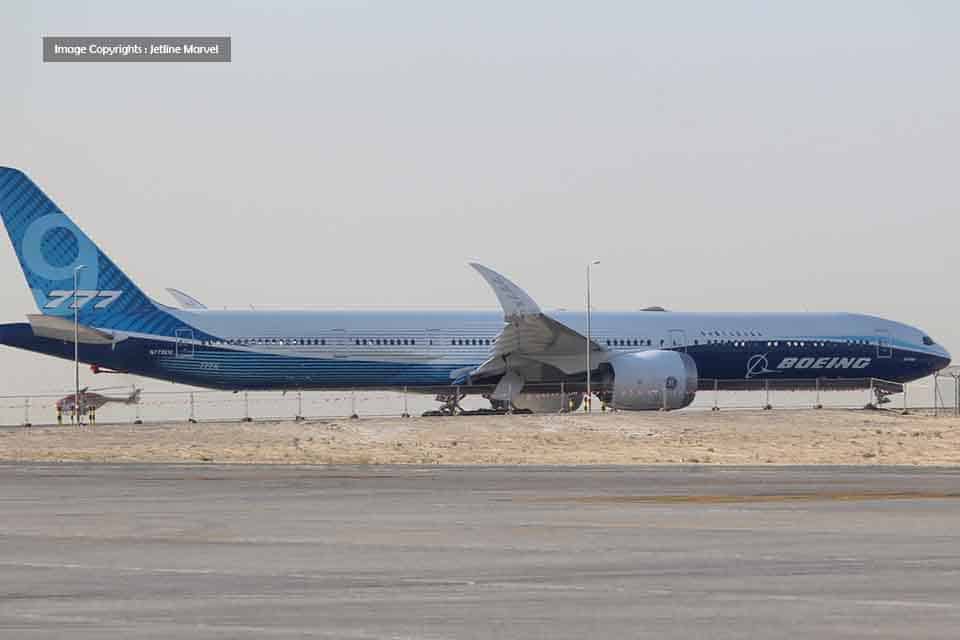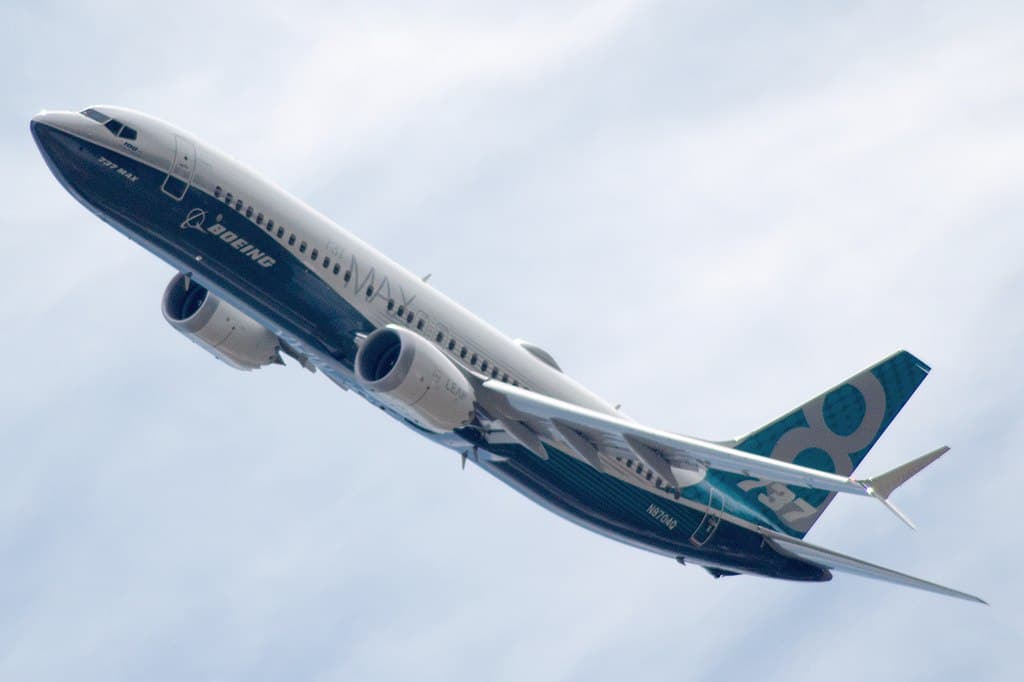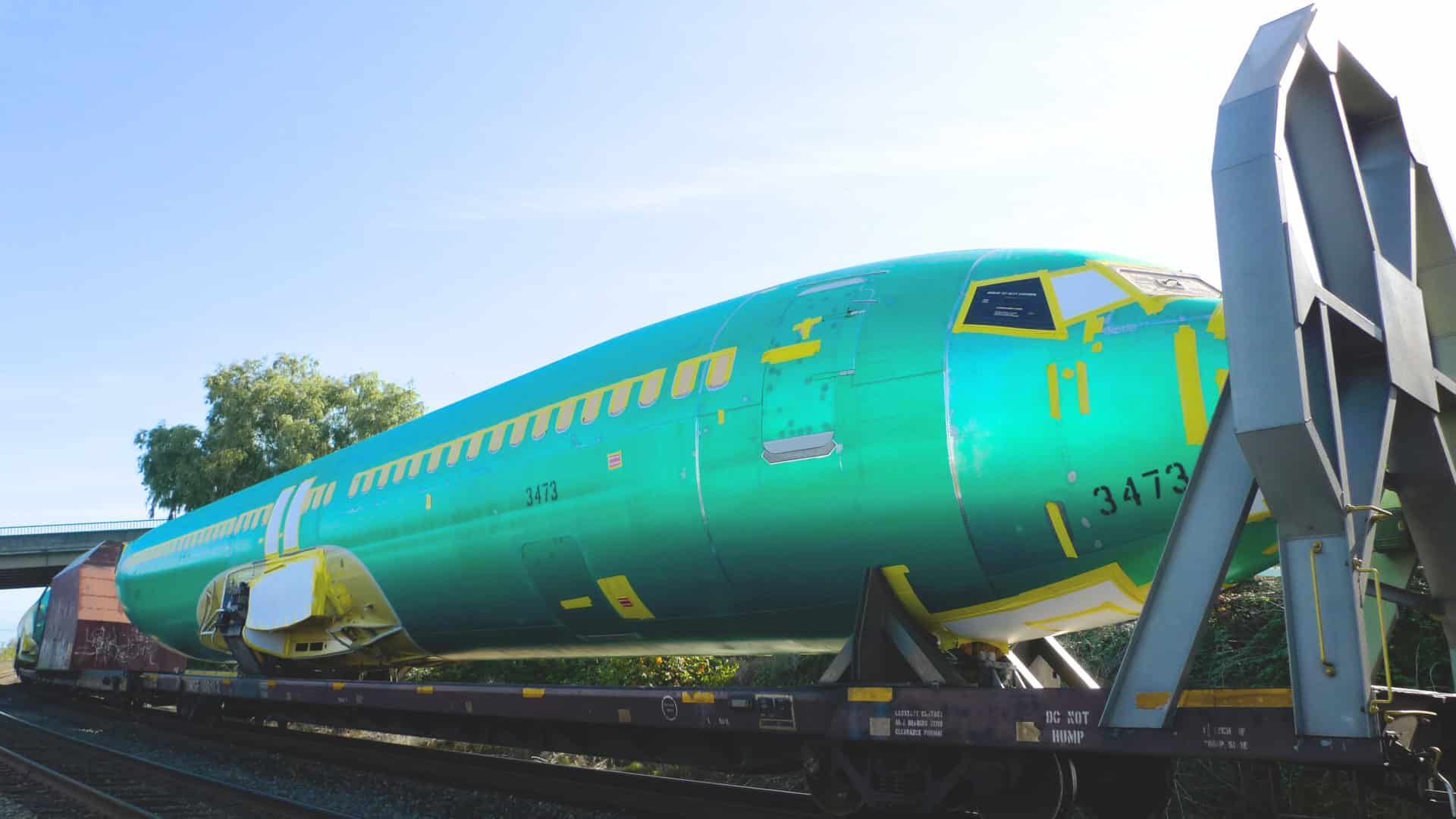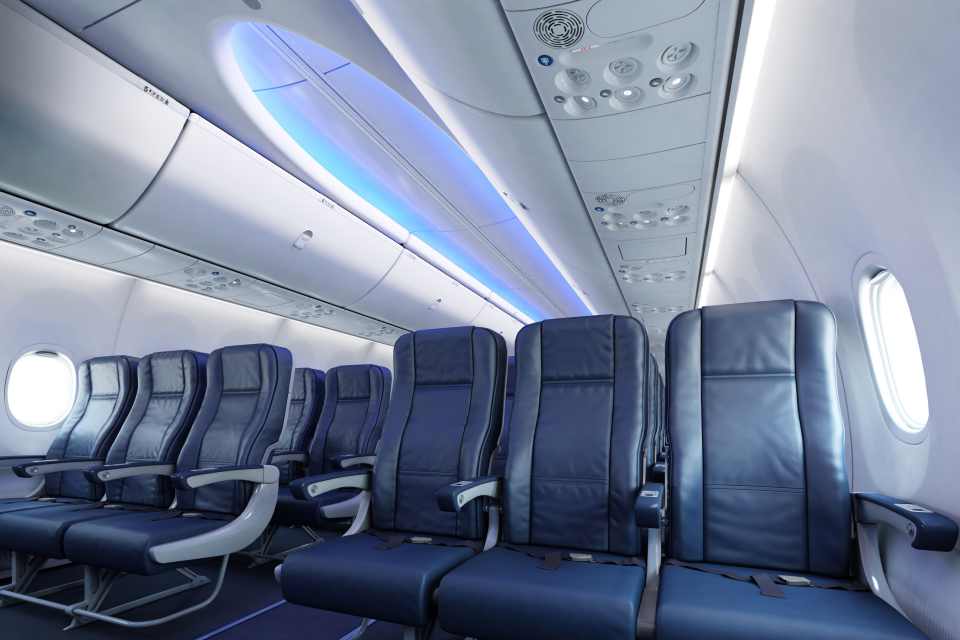Airlines
10 things about Boeing 737 max aircraft.
The Boeing 737 Max is the most recent model of aircraft produced by the Boeing company, and it boasts a number of advantages over earlier models

The Boeing 737 Max is the most recent model of aircraft produced by the Boeing company, and it boasts several advantages over earlier models. We shall learn what features have been introduced to this aircraft in this article.
No 1. Establishment of Boeing 737 max
The Boeing 737 Max is an enhanced version of the 737. Boeing is the manufacturer of this airliner’s narrow body. In the market, it faces up against the Airbus A320 family. On January 29, 2016, the Boeing 737 Max made its inaugural flight. the Federal Aviation Administration certified it
No2. Flight deck and Twin-Engine Airliner
The flight deck can house the pilot and a co-pilot and is equipped with a common display system supplied by Honeywell Air Transport Systems. The CDS consists of six flat-panel liquid crystal displays, and new line of aircraft is designed to provide consumers in the single-aisle category better fuel efficiency. To reduce weight, the flying controls use fly-by-wire spoilers rather than a mechanical system. To increase cabin pressurization, the aircraft has electronic bleed air systems and anti-icing equipment. The 737 MAX’s interior is outfitted with the popular Boeing Sky Interior.
A sustainable source of power LEAP-1B engine provides Boeing 737 MAX operators with improved performance in terms of fuel consumption and CO2 emissions (15 percent ), NOx emissions, and noise emissions (up to 50 percent). The list price for the engine purchase is US$348 million , and deliveries are expected to start in 2022. The LEAP-1B-powered Boeing 737 MAX aircraft is a key element.
No 4. Feature about 737 max
The 737 MAX is Boeing’s most modern 737 to date in terms of technology. New, fuel-efficient engines and advanced flight deck layout are features of the 737 MAX. It has much more efficient LEAP-1B engines that offer higher fuel economy. A more tapered aerodynamic tail cone. This is part of the design advancement to achieve up to a 1% improvement in fuel economy. Boeing 787-style engine nacelles with a scalloped casing that allows for cleaner airflow and less drag.
No 5. 737 MAX Winglet has Natural Laminar Flow
Natural Laminar Flow is present on the 737 MAX at Winglet. Boeing solves this with the “Natural Laminar Flow” properties of the 737 MAX AT Winglet by using detailed design, surface materials, and coatings that enable laminar – or smoother – airflow over the winglet. This reduces drag and improves fuel efficiency.
No 6.The 737 Max have a new wing
Boeing has the very latest in advanced winglet technology, the 737 MAX AT Winglet. In addition to the inward, upward and slightly forward lift components of the upper aerofoil, the new lower aerofoil generates a vertical lift component that is vectored away from the fuselage, and also slightly forward. Working together, these provide the perfectly balanced winglet that maximizes the overall efficiency of the wing. Believing there was even more efficiency to be gained on top of the benefits from this ingenious solution.
No 7. Boeing uses iPads to train 737 max pilots
Boeing used iPads to deliver two-hour lessons about the airplane. It also gave pilots a 13-page handbook explaining the differences between the 737 MAX and earlier 737 models. Pilots are often trained on new airplanes with simulators. some pilots could fly the aircraft because its workings were similar to the regular Boeing 737 series. Boeing insisted that simulator training was unnecessary even after American Airlines and Southwest Airline pilots complained of the airplane’s unusual flight pattern.

Airlines
Sanctions & Engine Issues Ground Half of Russia’s A320neo fleet

Russia’s aviation sector, already strained by Western sanctions, faces another setback as nearly half of its Airbus A320neo family aircraft are grounded due to unresolved engine issues.
This development highlights the growing challenges for russia commercial aircraft in maintaining their fleets under the weight of global restrictions and limited access to spare parts.
Out of the 66 Airbus A320neo and A321neo jets in Russia, 34 are now out of service, according to the Kommersant business newspaper. These planes are powered by engines manufactured by Pratt & Whitney, a subsidiary of RTX Corporation.
DAMAC Air: Dubai’s New Luxury Airline Offers Free Flights for Registration
The engines are affected by a previously identified defect in the metal used for certain parts, prompting accelerated inspections and maintenance.
Sanctions have compounded the issue, blocking the supply of essential components from major manufacturers like Boeing and Airbus. Without proper maintenance, experts warn that these aircraft may face decommissioning as early as 2026.
COMAC Unveils Plans for the C929 to Rival Airbus and Boeing
Airlines like S7, which operates a significant portion of these grounded jets, plan to conserve the engines for future use during peak travel seasons. However, reports suggest that over 20 of S7’s Airbus planes have engines that have already reached the end of their operational lifespan. Recently, russia seeks assistance from kazakhstan’s airlines to bolster its domestic flights.
While some A320neo and A321neo planes in Russia are equipped with French-made LEAP engines, which are seen as less problematic, the challenges remain daunting.
The situation underscores the long-term impact of sanctions on Russia’s aviation sector and the increasing difficulties in keeping its modern fleets operational.
-

 Aviation2 months ago
Aviation2 months agoMicrosoft Flight Simulator Raises $3 Million to Bring Back the An-225 Mriya
-

 Airlines2 months ago
Airlines2 months agoQantas Engineers Stage Walkout Over Cost of Living Concerns
-

 Airlines2 months ago
Airlines2 months agoQatar Citizens Can Travel to the United States Without a Visa
-

 Aviation2 months ago
Aviation2 months agoQatar Airways bans these new Electronic Devices on plane
-

 Airlines2 months ago
Airlines2 months agoJapan Airlines Rolls Out Free Domestic Flights to International Passengers
-

 Defence2 months ago
Defence2 months agoWhich Country Has the Largest Fleet of Fighter Aircraft?
-

 Airport2 months ago
Airport2 months agoWestern Sydney Airport Welcomes Its First Plane After 6 Years of construction
-

 Aviation2 months ago
Aviation2 months agoDid you know ? Once Boeing 747 carried 1088 passenger in 1991












